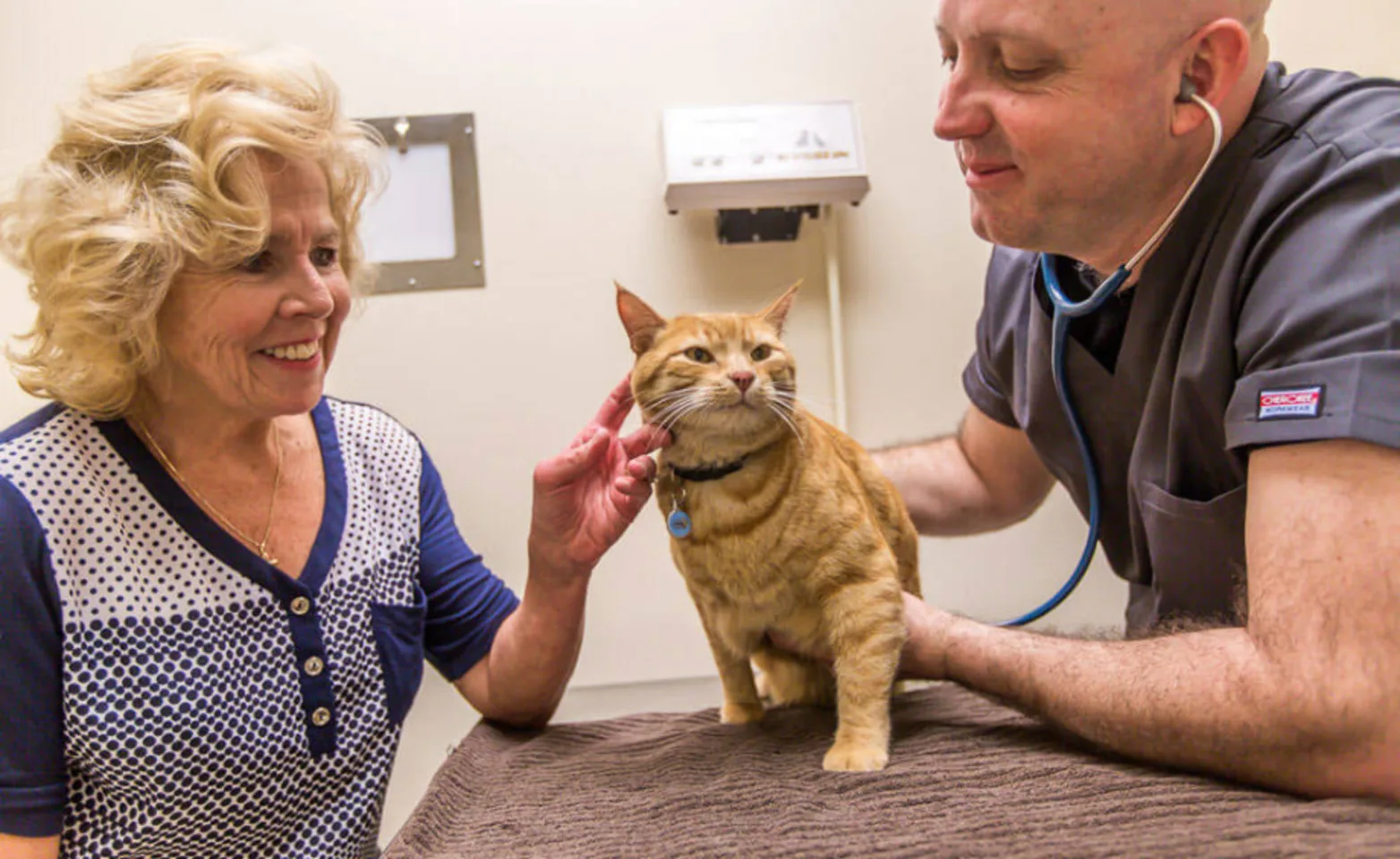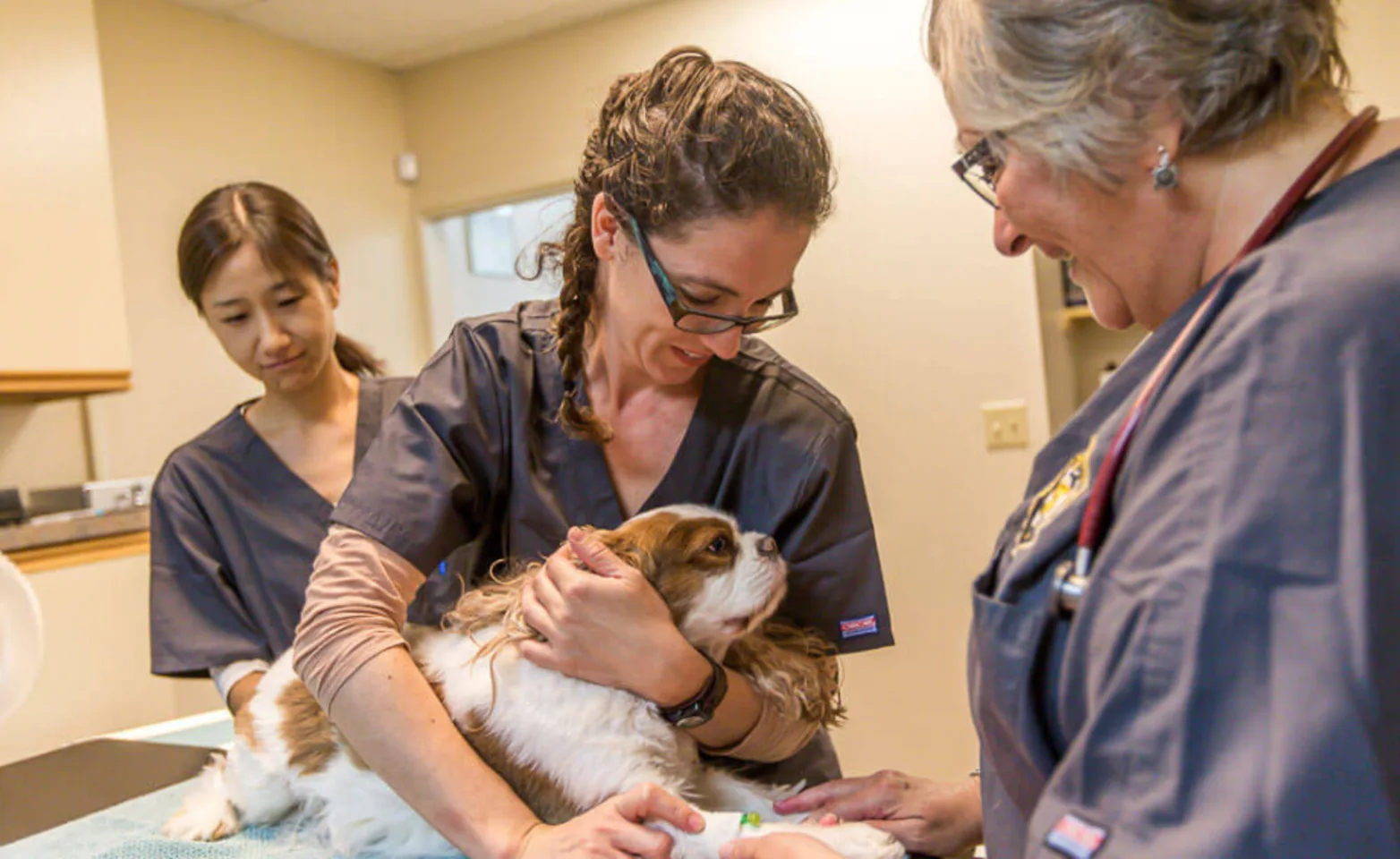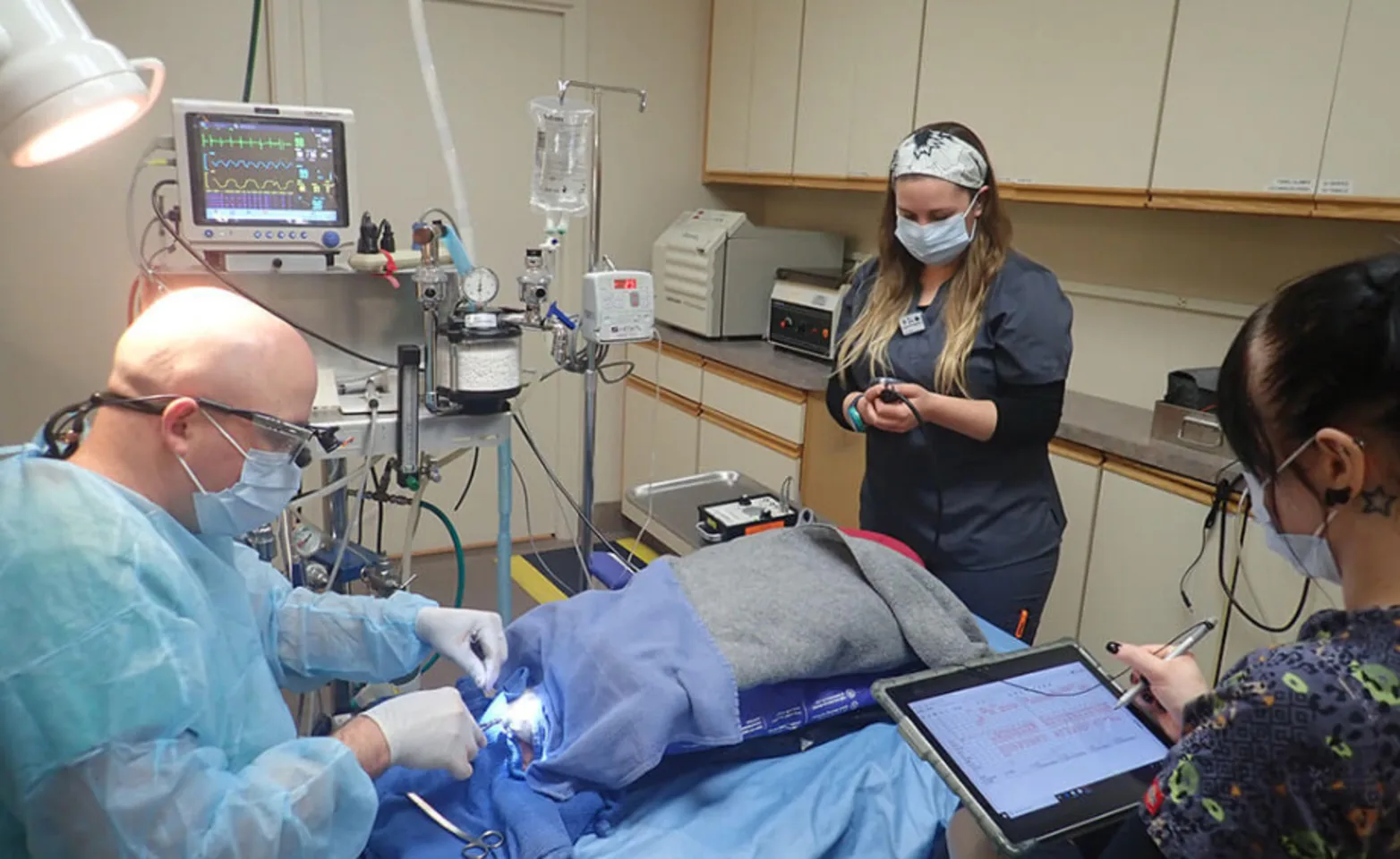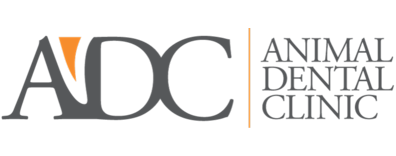Animal Dental Clinic

Confirming and Communication
We will generally confirm your pet’s procedure appointment by email/text but you can let us know if you prefer to communicate via phone call only if you prefer.
You can opt out of email/text communication at any time, but your appointment will be canceled (and you will be charged a cancellation/late rebooking fee) if your appointment is unconfirmed.
Our patient procedures take some coordination, so rescheduling another patient due to someone’s last-minute schedule change isn’t always an option. Confirming your pet’s procedure appointment ensures that we are planning our time appropriately and providing the best care to the patients who need us.
Please let us know if there are any questions ahead of your procedure
If you have medications at home that may be useful in the post-procedure recovery period, please let us know by email.
Preparation
Your pet should fast as recommended by our team
Please administer pre-anesthesia medications (if prescribed for your pet) as directed
Please plan to have everyone responsible for your pet’s medical decision-making available for the update following oral diagnostics (generally 1-2 hours after your pet’s admission to our clinic)

Arrival For Your Pet’s Procedure Visit
Park in front or back of clinic
Call to let us know you’re here
Our team will come to meet you and your pet and confirm:
That there haven’t been any changes in your pet’s health or medications since your consultation visit
That prescribed pre-anesthesia medications (if applicable) have been administered
That your pet has fasted as recommended
Your preferences for communication of diagnostic findings and updates during the procedure
Only patients are brought into the clinic:
Your pet will be with us for several hours; there is no need to wait on-site for your pet to be discharged
Your Pet’s Pre-Anesthesia Care
We’ll repeat your pet’s physical examination and take their photo for our medical records
We’ll place their IV catheter so we can administer intravenous fluids and medications
We’ll administer additional pre-anesthesia medications to take effect by the time your pet is ready for anesthesia
While these medications take effect, we’ll set up your pet’s treatment space for their specific size and needs
Once everything is in place, we’ll induce anesthesia
Anesthesia
Inducing anesthesia means making a patient unconscious using short-acting medications.
This is necessary for dogs and cats to allow oral diagnostics and other procedures to be performed
Immediately after anesthesia induction, an endotracheal tube is placed to:
Deliver oxygen and anesthetic gas (this is one aspect that allows us to adjust the depth of anesthesia)
Protect the patient’s airway while they are unconscious
A team of either a veterinarian and a senior veterinary assistant or a Registered Veterinary Technician and a senior veterinary assistant will be working with your pet at all times while they are anesthetized
This means that one team member is dedicated to monitoring and recording patient vital parameters such as heart rate, blood pressure, respiration, tissue oxygenation, CO2 levels, and temperature while the other performs diagnostics or treatment.
Continuous communication between the team allows for tailoring and adjustments of anesthesia based on patient needs.
There are varying levels of anesthesia, from light to deep.
Non-painful procedures such as dental scaling (except root scaling) and polishing are performed under relatively light anesthesia, while surgery (including root scaling) requires local anesthesia and additional medication for pain control.
We maintain patients at the level of anesthesia required for their procedures, but no deeper, and make sure that pain is prevented and controlled.
Once anesthetized, our team puts in place advanced patient monitoring and support equipment
One team member immediately begins documenting the patient vital signs
The other prepares for oral diagnostics to be performed
We also use appropriate local nerve blocks to reduce sensation in the areas of the mouth where we are working, thus reducing discomfort under anesthesia and therefore reducing the amount of systemic medications required to maintain anesthesia.
Oral Diagnostics
Update Following Oral Diagnostics
Similar to our consultation visits, the format of these updates has some flexibility but is largely dependent on how your pet’s doctor communicates most effectively.
When your pet is admitted for their procedure, we’ll let you know the timing for expecting an update and confirm the best way to reach you with this update
Our Veterinary Technicians or senior veterinary assistants are generally stepping in to perform appropriate tasks such as scaling and polishing and local nerve blocks while your doctor provides you with this update
It’s important to keep this conversation somewhat brief to avoid prolonging anesthesia time. We encourage you to reach out with general questions or concerns ahead of your pet’s procedure appointment.
Remember that our team will review recovery care and expectations at discharge.
If there’s decision-making to do about whether to be more proactive or conservative with particular aspects of treatment, you and your doctor will do this together and decide on the specific details of the treatment plan at this time
Now that the treatment plan has been defined, our team will let you know either your pet’s planned discharge time, or when to check in to confirm a discharge time

Treatment & Recovery
Treatment:
After your doctor has provided you with an update on the oral diagnostic findings, they will proceed with your pet’s treatment as described (this will vary widely among patients)
Recovery:
Our meticulous approach with patients under anesthesia continues into the recovery period
Our team monitors patients continuously until their reflexes have returned and they no longer require supplemental oxygen and heat support
As patients recover, we’re watching to confirm that they have adequate pain control, while at the same time not experiencing significant side effects from their pain medications
Discharge
Our team will review what to expect from your pet following their procedure and their care and medication instructions
Generally patients are able to eat and drink the same day
While we will encourage you to limit strenuous activities the afternoon of the procedure, activity “around the house” and leash walks for dogs is allowed
Our team will discuss the side effects of anesthetic drugs that you are likely to see (these are minor and manageable even if possibly different than your pet’s usual behaviors)
If a recheck visit is recommended, we’ll schedule this for you
Our team will collect payment for your pet’s procedure fees and provide you with an invoice
Our team will bring your pet to you and if needed, assist with lifting them into your vehicle
We want you to be comfortable with caring for your pet at home.
We will not discharge your pet to you until they are medically stable
While your pet’s care needs will not be extreme, there are some visible side effects of anesthetic drugs which in some individuals can appear distressing to those not used to seeing them. We want you to know what to expect from this.
We encourage you to stay with us (in your vehicle or on our patio) and observe your pet’s behavior until you are confident that you’re ready to bring them home with you. Our team will check in with you periodically and be available to answer any questions you may have. When you are ready, you’ll take your pet home.

Follow Up
We’ll check in on our next working day via text message (if you’ve opted out of this, please let us know so that we can give you a phone call)
A recheck visit is not always necessary, and we will schedule one at the time your pet is discharged if their doctor recommends this, but if your pet is not doing as expected following their procedure, please let us know and we will schedule a one as needed.
